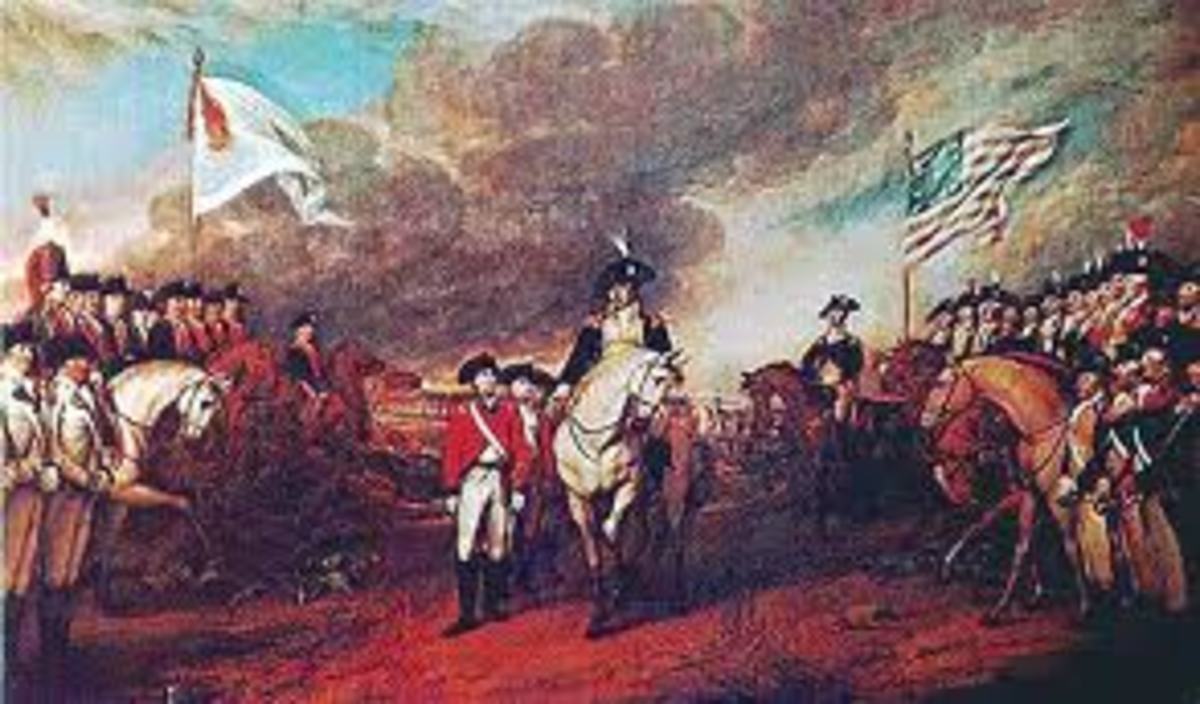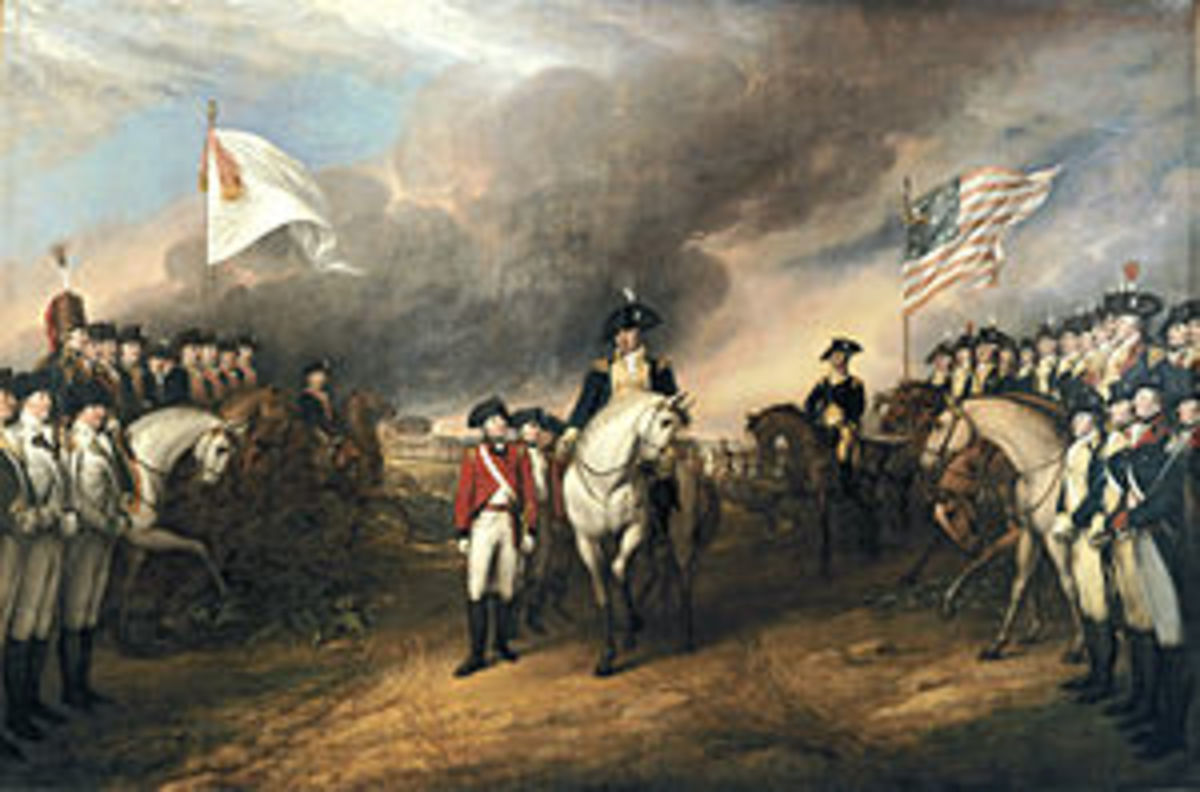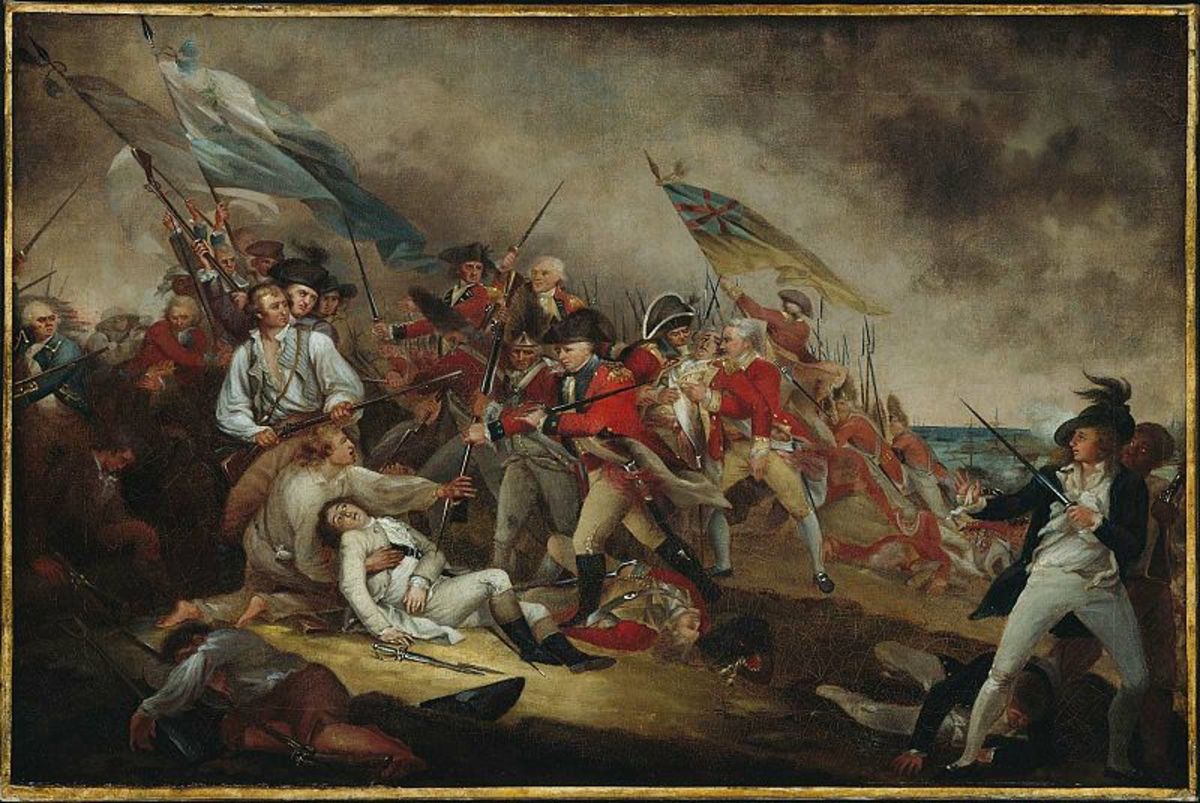The American Military: A Look At It's Purpose
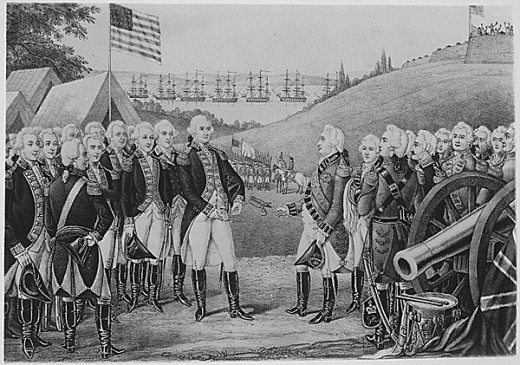
The American Military has to be considered an integral part of the entire concept of American society, regardless of whether we are peace or at war. From the beginning the roots of the military began with the citizen soldier, the “volunteer”, who was commanded by a leadership of highly trained and skilled senior officers. The military molded the society which it served and was indeed a reflection of that society. As the military evolved so did the society and culture it represented, and vice versa. The American military system has been developed to place a minimum burden on the people and give the nation a reasonable defense without sacrificing its fundamental values.
During the Revolutionary War, General George Washington knew his army had not enough trained officers and NCO’s with tactical proficiency to compete with the British. This left Washington with a conundrum to face – how to aggressively beat and remove the British while being forced to fight a strategically defensive fight. Washington clearly stated this position of the military when he said, “…that on our side the war should be defensive. It has even been called a war of posts. That we should on all occasions avoid a general action, or put anything to the risqué, unless compelled by a necessity, into which we ought never to be drawn.” This evolved into the military fighting a war of attrition, a strategy that would test the resolve of the leadership, the military and the colonists.
The conflicts that followed up until the American Civil War saw a mostly defensive struggle to the fledgling nation. Russell Weigley in his book ‘The American Way of War’ stated, “…the war did lead immediately to a clarification of the national military policy for deterrence of foreign attack and defense in case of attack.” The purpose of the military was clear – protect the nation. That is until the Civil War began.
The Civil War brought unique elements to the military. Defense was now not the sole purpose, but preservation of the new nation was. The enemy was not across the ocean, but right here, sometimes in the same town, sometimes in the same home. It also saw the rapid rise in technology and its use in warfare. The Civil War put Americans on the aggressive for the first time – unfortunately against each other. After the Civil War, America had now withstood the trials of becoming a nation and even though it struggled with reconciliation, the bonds that came after that war have since created a band of brothers that has become the premiere world power.
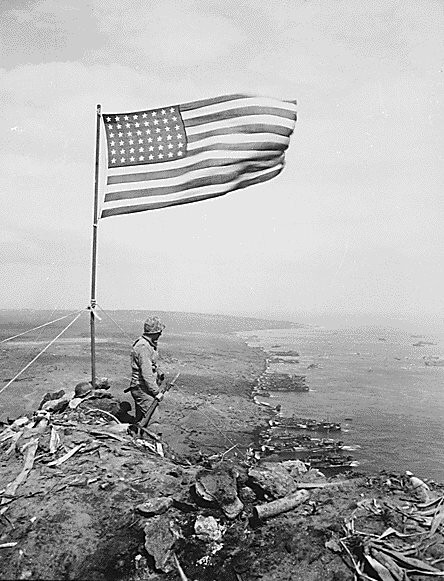
The nation however plunged itself into isolationism at the beginning of the 20th century. Thanks to Alfred Thayer Mahan, the navy was the sole focus during the time leading up to the Great War and strategy and tactics were greatly neglected. Even General John J. Pershing was of the mindset that national security was paramount. He disbanded the tank corps stating that “tanks had no role to play in continental defense.” By 1933 this led to Douglas MacArthur stating that the few tanks left were “completely useless for employment against any modern unit on the battlefield.” However, with the coming of World War Two and the following Cold War, the focus shifted from, according to Weigley, “the use of combats for the object of wars to the use of military force for the deterrence of war.”
Regardless of its position, the American military must occupy two planes of existence: the present and the future. Regardless of victory or defeat, without an understanding of the past and a proactive stance for the future, the military, of any country, is doomed to failure. According to Richard W. Stewart in ‘American History Vol. 1’, “the citizen and the soldier cannot know what path to follow unless they are aware of the breadth of alternatives that have been accepted or rejected in the past.” It should be noted that while the past represents a laboratory for the military strategist, the past must be interpreted in proper context and depth to prepare for the future. How today’s military fights has to be grounded on lessons learned from the past and awareness of what the future may hold.
The American military continues to this day to serve all the roles and purpose it has fulfilled since its birth during the Revolutionary War. These roles and purposes protect American lives, protect the lives of civilians all over the world, promote and herald freedom, provide leadership and promote international relations. The American military grows, evolves, adapts, leads and secures American culture and the concept of a free society. This purpose will never, and should never, change. The American soldier is the very foundation of the success and prosperity of American culture and society. The soldier is the embodiment of the purpose of the American military. And while he or she changes and adapts to the world around, their purpose remains steadfast and still provides to this day security, defense, leadership and prosperity for the American people and the world.


